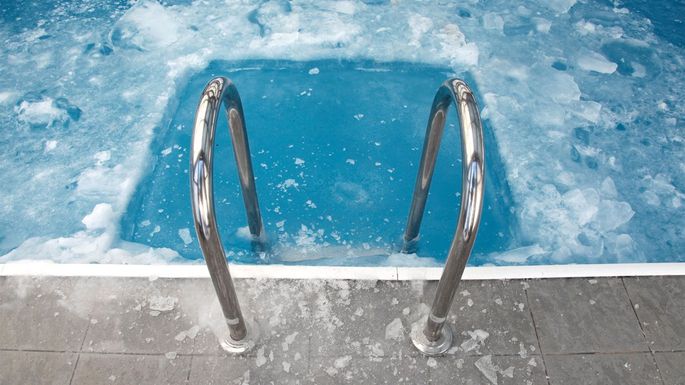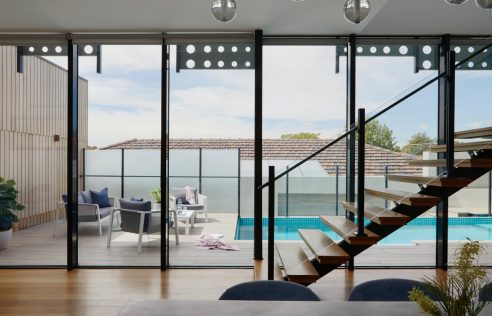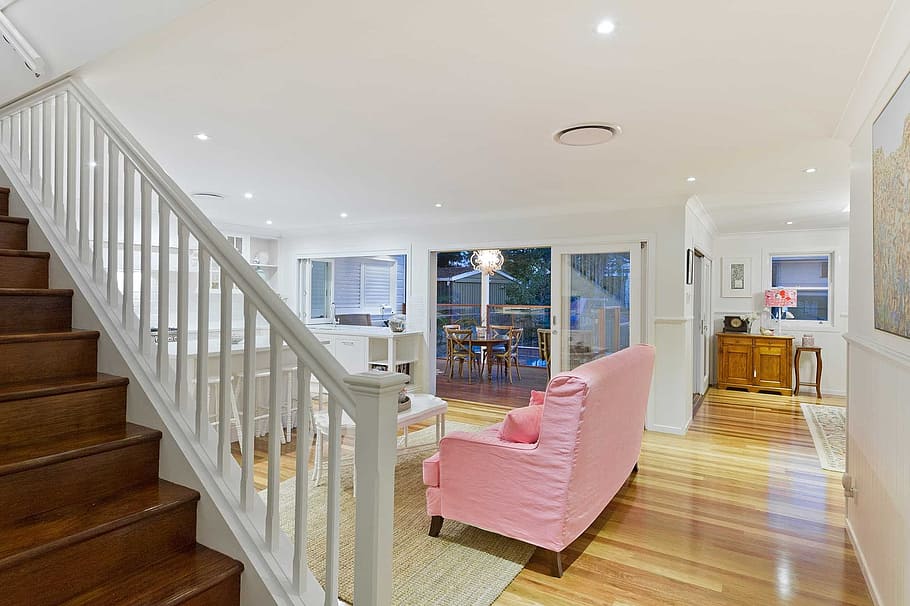Winter is finally over and now you can go back to being a summer child who yearned for the sun from morning till late afternoons. We all know that summer is best to be enjoyed in a swimming pool or at the sea, so if you can’t afford the sea, then the swimming pool is perfect. But what happens when you’ve closed your swimming pool for winter and it’s time to open it up for everyone? Well, the remedy to the situation is to clean the pool and we are going to tell you how!
- Don’t empty your pool – Never empty your swimming pool, even if you stay in a cold climate unless there are some on-going works or your pool is filled with dead leaves from last fall. Remember to always cover your pool during winters! Emptying a pool can bring big problems as there is a high groundwater table during the wet season due to which it is not recommended to empty your pool. If you do so, your pool can break into two parts and it would mean a complete pool replacement.

- Start cleaning it up – Clean out all the baskets and remove any plugs that you used last year. Start the process of cleaning your pool with a chemical open. Brush down the sides, steps, and ladders to make sure to get the corners and behind things that the vacuum can’t reach. Let the pool water pump for at least 24 hours in order to filter out the loose dirt. Go on and clean the filter cartridges and baskets a few times.
- Have a professional test your water – Always have your water be professionally tested! Contact professionals who will take a sample and they will test for free. It is important that they do a complete test as they will have to test the alkaline and mineral content in the water before anyone jumps in. If you don’t have time to go to the store, then you can try DIY pool chemistry testing strips.

- Balance your chemicals – You need to know how to balance your chemicals when cleaning your pool. Keep the PH level between 7.2 to 7.4 as it dictates how chlorine turn hypochlorous acid in the water. You can use soda ash to increase pH and muriatic acid or sodium bisulfate to decrease it. The total alkalinity should start from 80 to 120. Alkaline is a pH buffer and has to be consistent if the alkalinity level is correct. Use sodium bicarbonate to increase alkalinity and muriatic acid to decrease. Know that the calcium hardness should be from 150ppm to 250ppm and chlorine from 1ppm to 3ppm.
- Don’t jump in yet – Wait for the water to clear before you take a dip. The entire process takes an entire week. Only when the water is clear and you can see the pool floor then you should remove the cover.
- Maintain the pool – After cleaning the pool, don’t forget regular maintenance in order to keep the pool clean. Have a professional test the water once a month just to be sure.


